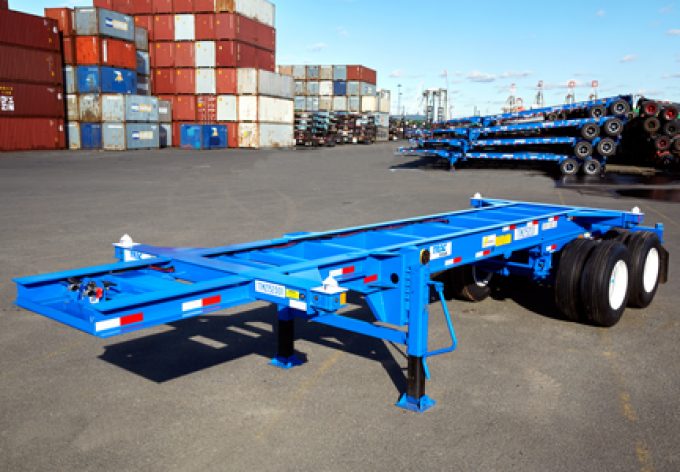Congestion at Vancouver worsens – but it's not all the port's fault
Congestion at Canada’s west coast gateway of Vancouver is set to worsen in the coming ...

The CEO of TRAC intermodal, Daniel Walsh (pictured below), warned delegates at TPM 24 that industry collaboration would be key to avoiding a repeat of the chassis availability problems of the past two years.
Mr Walsh fielded some tough questions from the moment he stepped onto the platform.
“We had to pay thousands of dollars in rail storage because no TRAC chassis were available,” complained one audience member, likely referring to the pandemic-induced surge of port volumes that left many beneficial cargo ...
Asia-USEC shippers to lose 42% capacity in a surge of blanked sailings
USTR fees will lead to 'complete destabilisation' of container shipping alliances
New USTR port fees threaten shipping and global supply chains, says Cosco
Outlook for container shipping 'more uncertain now than at the onset of Covid'
Transpac container service closures mount
DHL Express suspends non-de minimis B2C parcels to US consumers
Zim ordered to pay Samsung $3.7m for 'wrongful' D&D charges
Flexport lawsuit an 'undifferentiated mass of gibberish', claims Freightmate

Comment on this article